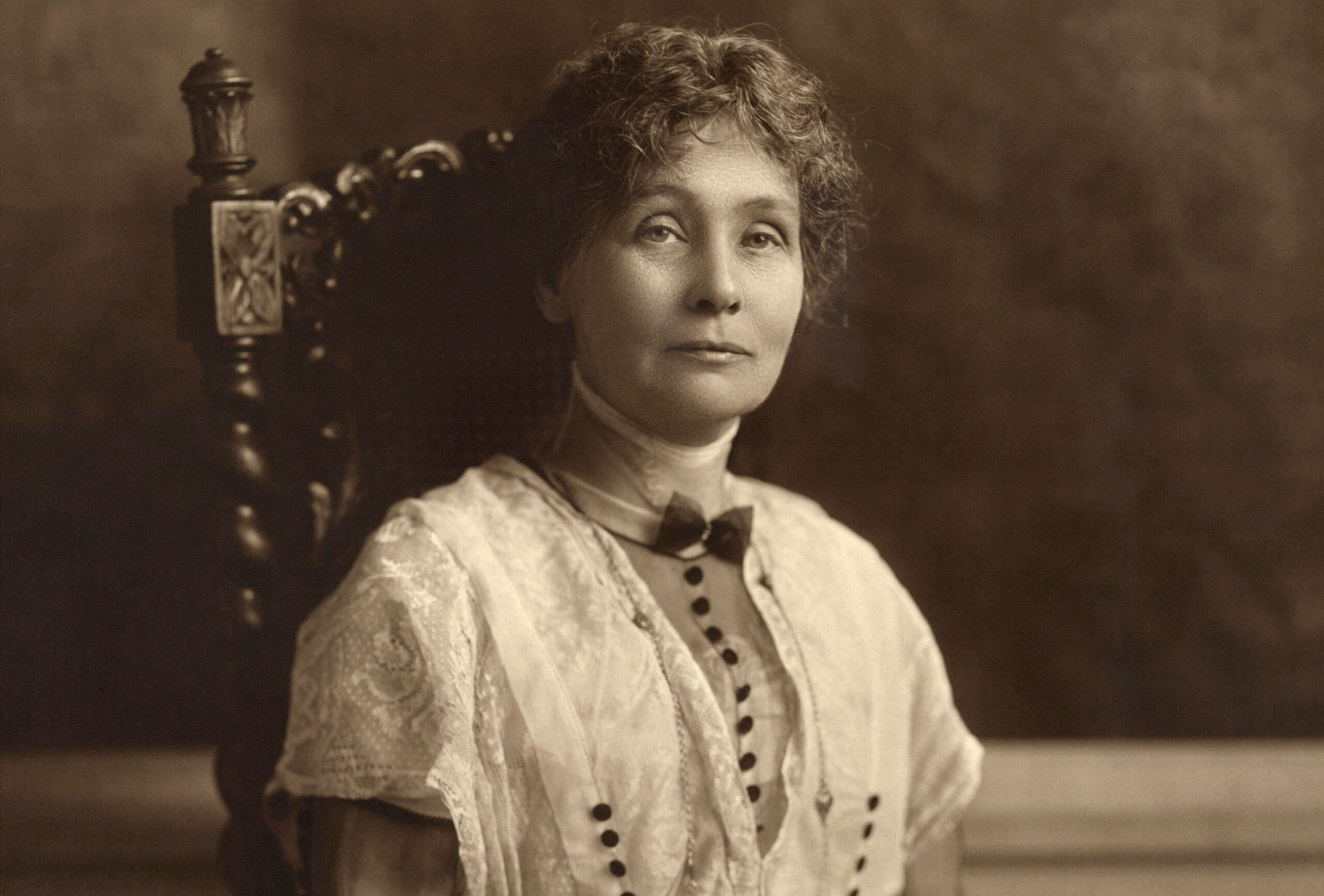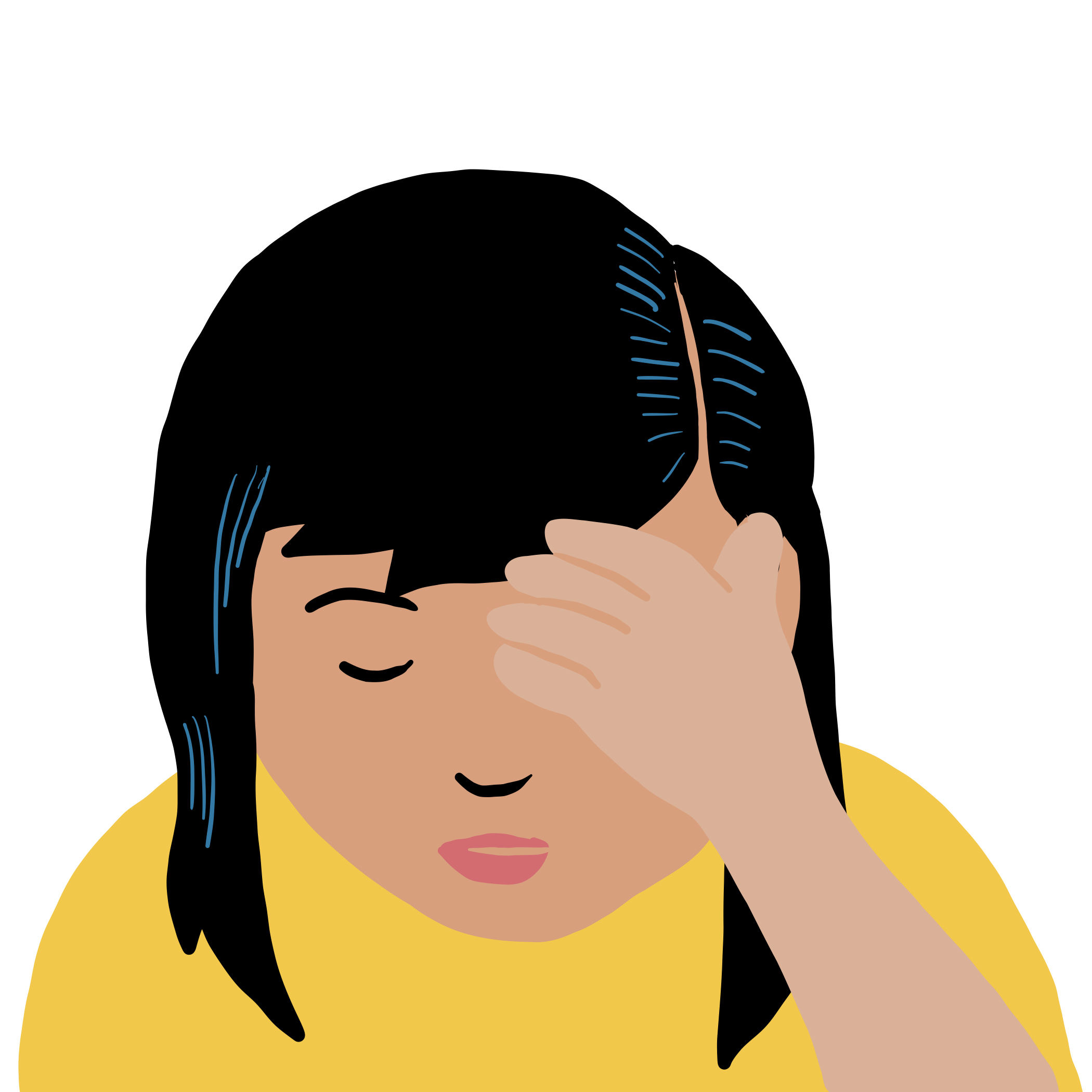What is a Pandemic?
A pandemic is the worldwide spread of a new disease, usually a virus.
A pandemic happens when a new virus spreads around the world, and most people do not have immunity, that is, their bodies cannot fight it. Viruses that have caused pandemics have normally come from animal influenza viruses.

It’s just the Flu, isn’t it?
Both seasonal and pandemic influenza can cause infections in people of all age groups. In most cases the people recover fully without treatment. But a typical seasonal influenza outbreak causes the most deaths among the elderly, or most commonly in people with a variety of medical conditions.
The 2009 H1N1 pandemic was different because it caused most of its severe or fatal disease in younger people. It also caused many more cases of viral pneumonia than is normally seen with seasonal influenza.
Pandemics affect almost everyone. While many may not get ill, their lives have to change for a while. They may be stopped from going to school or work, for instance, or they might not be able to travel as freely. Food and medicines might be harder to buy easily.

How bad can it be?
There have been several pandemics throughout history. In 1918 there was an influenza pandemic, also known as Spanish flu, and as mentioned previously, the 2009 flu pandemic (H1N1). The only current pandemics are HIV/AIDS and Coronavirus disease 2019 (COVID-19).
The earliest recorded pandemic happened during the Peloponnesian War in430 B.C. in Athens, Greece. The disease was most likely typhoid fever. It weakened the Athenians significantly and was one of the reasons they were defeated by the Spartans. The symptoms included fever, thirst, bloody throat and tongue, red skin and lesions.
The Black Death in 1350 was responsible for the death of one-third of the world population. It was the second time the bubonic plague appeared, and possibly started in Asia. It entered Europe through Sicily in 1347 A.D. and spread quickly throughout Europe. England and France were so affected by the plague that they called a truce to their war.
The Columbian Exchange (1492). When the Spanish arrived in the Caribbean, they brought diseases such as smallpox, measles and bubonic plague which were passed to the native populations. As many as 90 percent dying throughout the north and south continents because their bodies could not cope with those viruses.
When Christopher Columbus landed on the island of Hispaniola in 1492, the native Taino people had a population of 60,000. By 1548, the population stood at less than 500.
Some key words
Virus; A virus is a biological agent that reproduces inside the cells of living hosts.
Influenza; A very contagious viral infection of the respiratory passages. It causes fever, severe aching, and catarrh.
Lesion; Any damage or abnormal change in the tissue of an organism, usually caused by disease or trauma. Lesions occur in plants as well as animals.
© Copyrights 2024 All Rights Reserved. 17Promises




